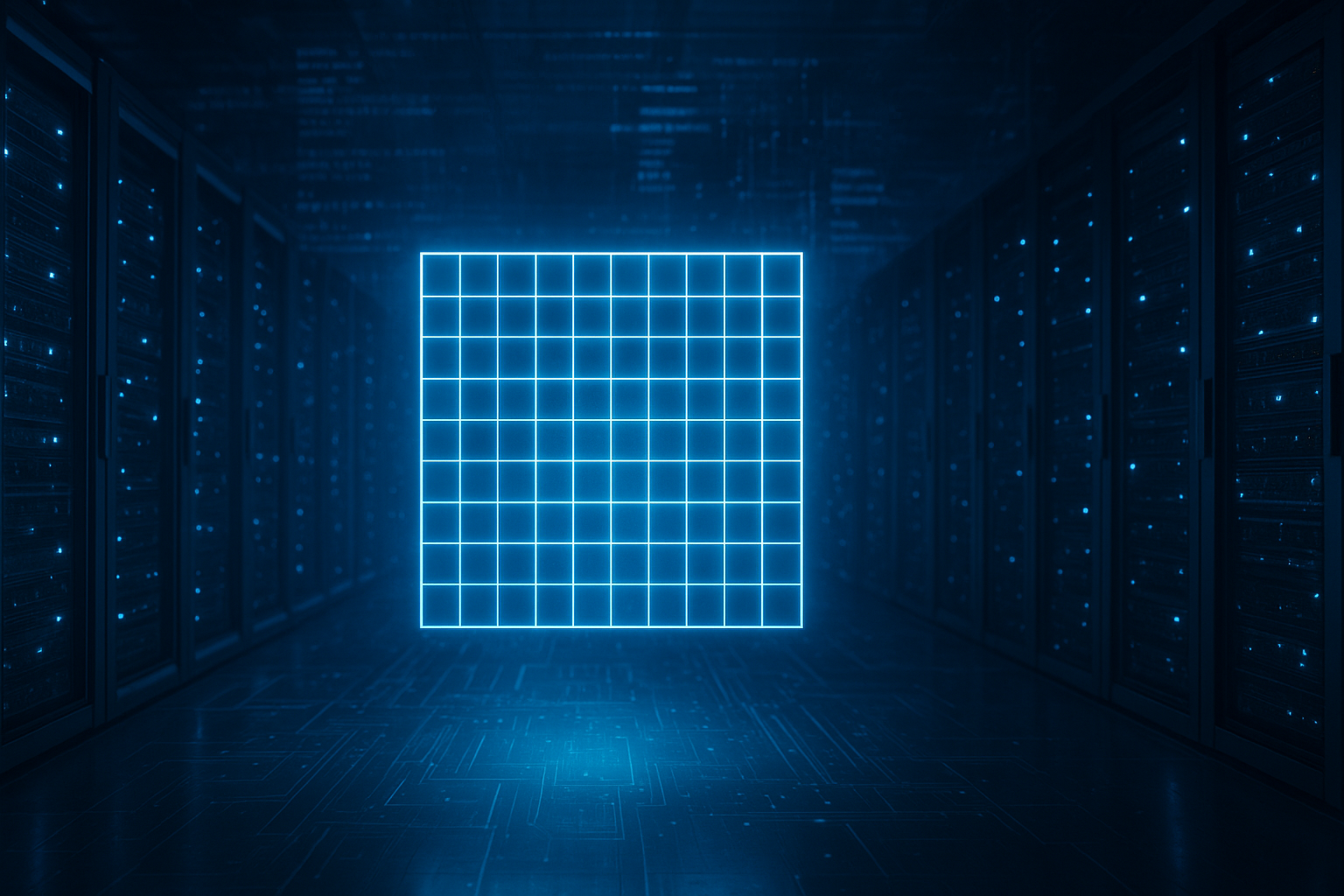In the rapidly evolving world of digital innovation, P13x13T has emerged as a fascinating concept that is gaining attention among tech enthusiasts, developers, and data scientists. Although the name may sound cryptic, P13x13T represents a powerful framework (or concept) that combines performance, precision, and parallel processing — symbolized by the “13×13” structure. This article breaks down what P13x13T is, how it works, and why it matters in today’s technology landscape.
What is P13x13T?
P13x13T (pronounced “P-thirteen-by-thirteen-T”) is a modern computational architecture or algorithmic framework designed to optimize data handling, AI model training, and computational efficiency.
The “13×13” in the name refers to a matrix-like design — a grid of 13 by 13 interconnected nodes or processes that work together in parallel to achieve high performance and accuracy. The “T” often stands for technology, tensor, or transformation, depending on the context in which it’s used.
In simpler terms, P13x13T is about structured parallel processing — breaking large, complex tasks into smaller chunks that can be processed simultaneously for faster and more efficient outcomes.
Key Features of P13x13T
- Parallelism at Scale:
P13x13T leverages multiple nodes or threads that operate in sync, boosting computational speed. - Adaptive Learning Framework:
Ideal for AI and ML applications where adaptive feedback loops improve system accuracy over time. - Matrix-Based Optimization:
The 13×13 grid architecture allows structured data flow and efficient error correction. - Cross-Platform Compatibility:
It can be integrated into various environments — from cloud computing to embedded systems. - Enhanced Precision and Security:
With built-in data validation and redundancy, P13x13T ensures both reliability and integrity of outputs.
Applications of P13x13T
- Artificial Intelligence (AI) & Machine Learning:
Used for model training and inference acceleration. - Data Analytics:
Efficiently handles massive datasets for faster processing. - Scientific Simulations:
Useful in physics, chemistry, and biological modeling that require high precision. - Cryptography & Blockchain:
Its grid-based processing can enhance encryption and transaction verification. - Edge Computing:
Allows real-time decision-making in low-latency environments.
Benefits of P13x13T
- High Efficiency: Processes complex data faster than traditional systems.
- Scalability: Easily expands with additional grid layers or processing nodes.
- Fault Tolerance: Maintains stability even when certain nodes fail.
- Energy Optimization: Reduces unnecessary computations to conserve power.
Challenges and Limitations
While P13x13T offers immense potential, it’s not without challenges:
- Requires specialized hardware or optimized software environments.
- May have a steeper learning curve for new developers.
- Implementation costs can be high for small-scale operations.
FAQs About P13x13T
1. What does “P13x13T” stand for?
The term typically stands for a parallel 13×13 tensor-based technology, combining a 13-by-13 grid of operations with high-performance parallel computing.
2. Is P13x13T open-source?
Some versions or implementations of P13x13T may be open-source, especially in academic or experimental projects, but proprietary versions exist for enterprise use.
3. What industries use P13x13T?
It’s most popular in AI research, data analytics, cybersecurity, and scientific computing.
4. How does P13x13T differ from standard neural networks?
While standard neural networks rely on layered processing, P13x13T uses a multi-dimensional grid architecture, enabling multiple simultaneous computations.
5. Can P13x13T run on regular consumer hardware?
Lightweight versions may run on powerful PCs or GPUs, but large-scale implementations require high-performance computing (HPC) setups or cloud-based infrastructures.
6. What programming languages are compatible with P13x13T?
It supports Python, C++, and Rust, along with APIs for integration in TensorFlow or PyTorch environments.
7. Is P13x13T related to quantum computing?
Not directly — but it shares some conceptual parallels in terms of parallelism and multi-dimensional data handling.
8. What’s next for P13x13T?
Future developments aim to integrate AI-driven optimization, quantum-inspired processing, and self-healing architectures to make P13x13T even more powerful.
Conclusion
P13x13T represents a bold step toward the next generation of intelligent computing. Its matrix-driven, parallelized design opens new possibilities for AI, data science, and beyond. As technology continues to evolve, frameworks like P13x13T will likely play a central role in powering faster, smarter, and more efficient digital systems.
Another Topic To Read Cray0lav0mit: Unleash Your Inner Artist with This Unique Medium

